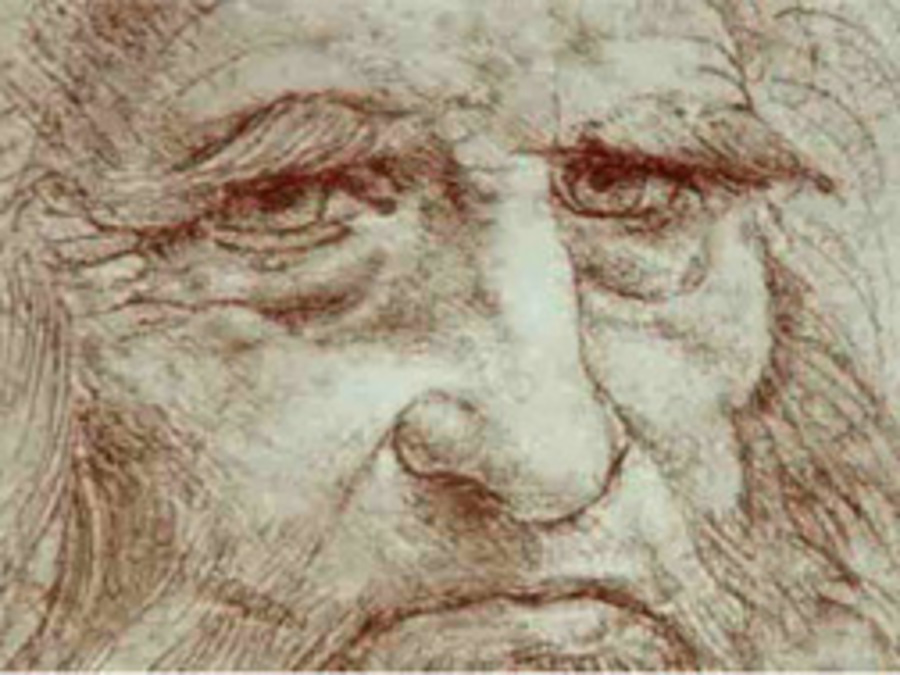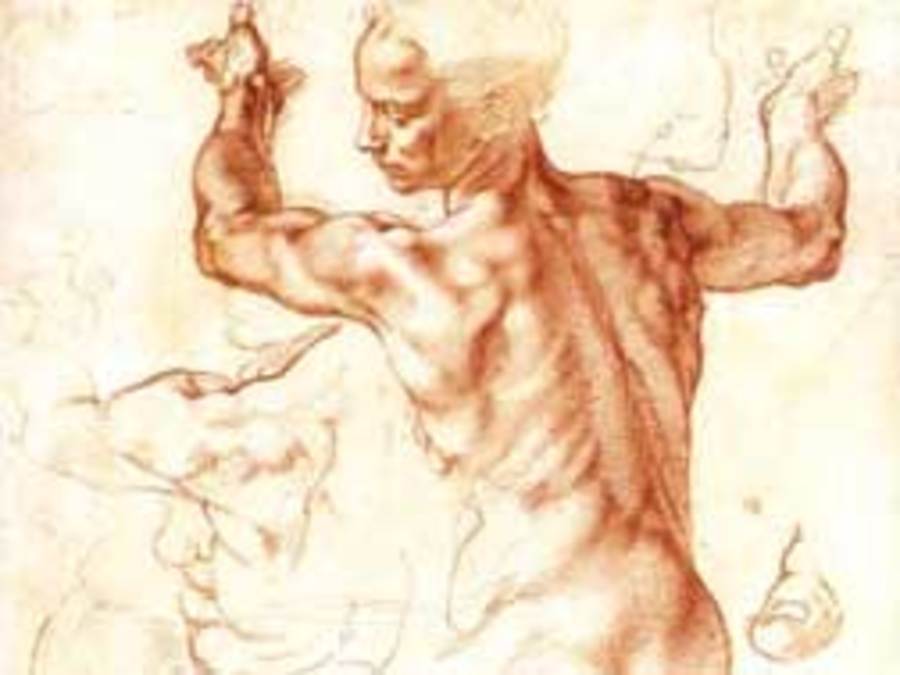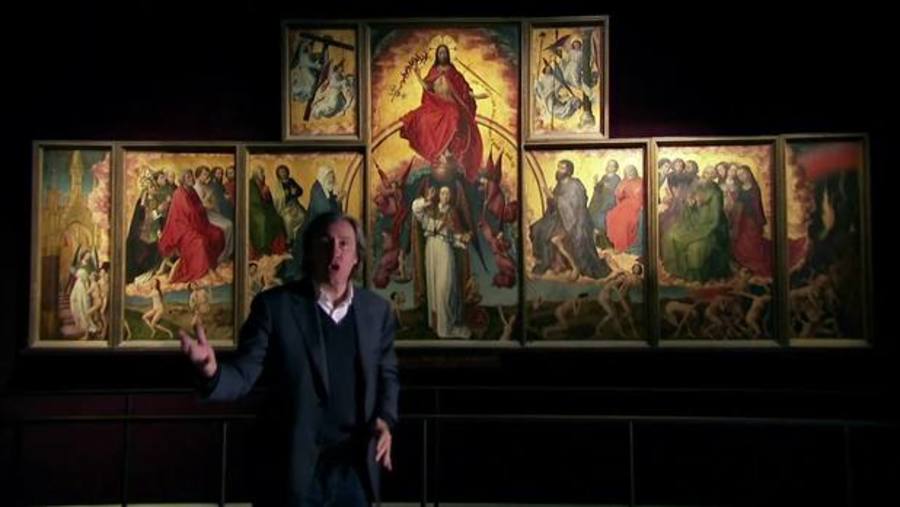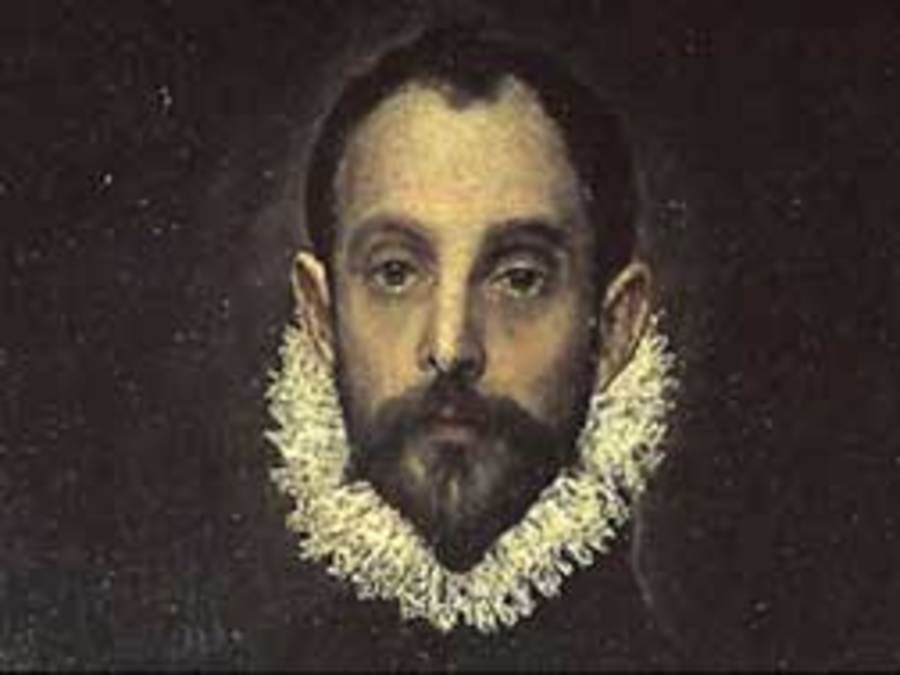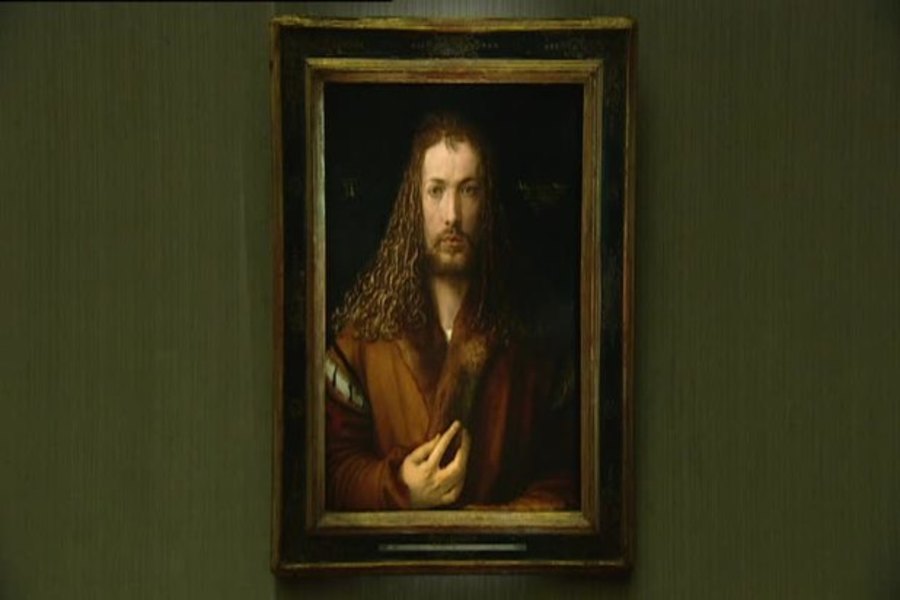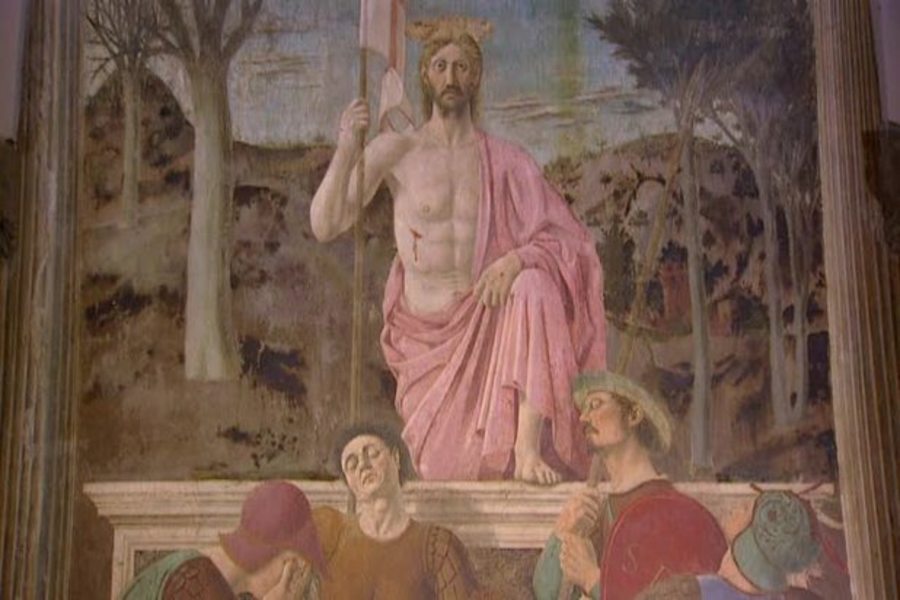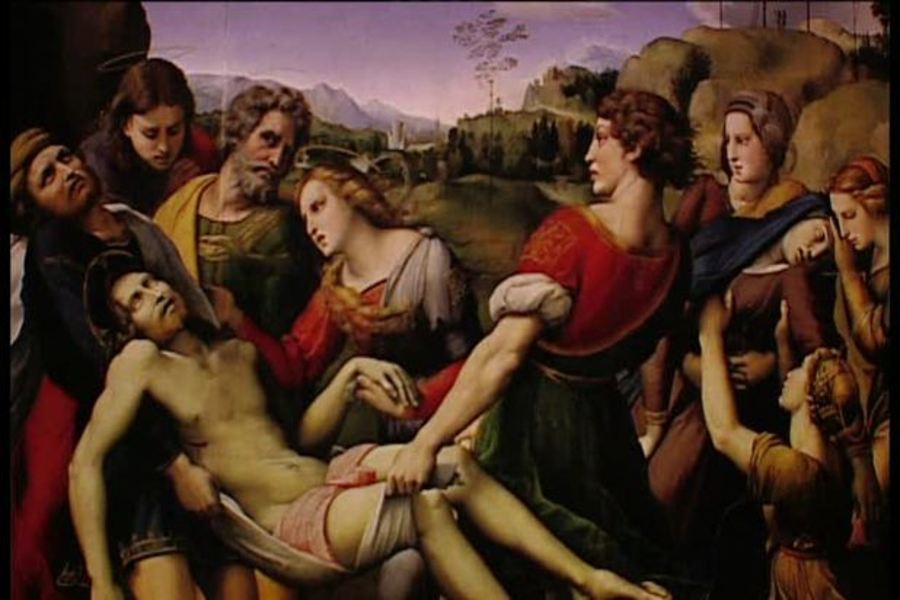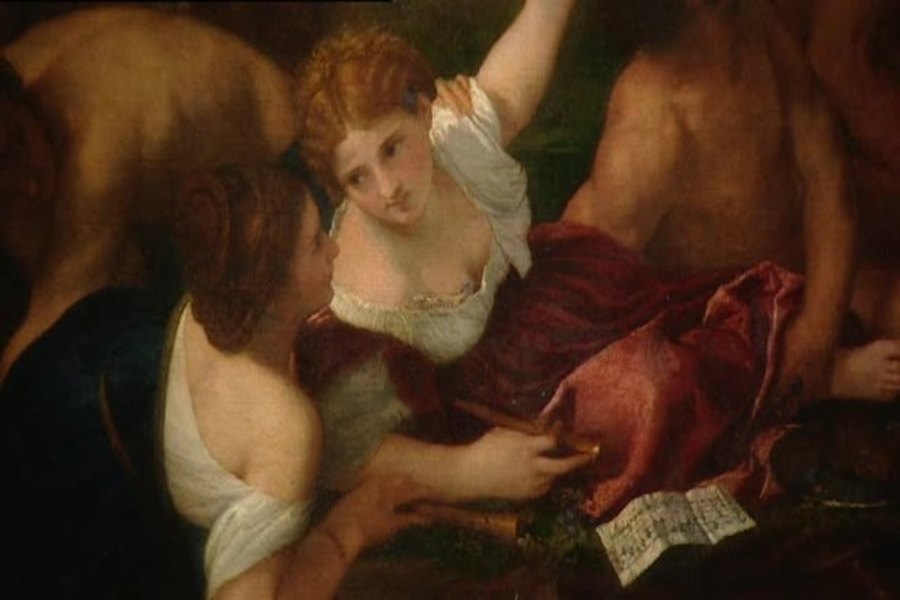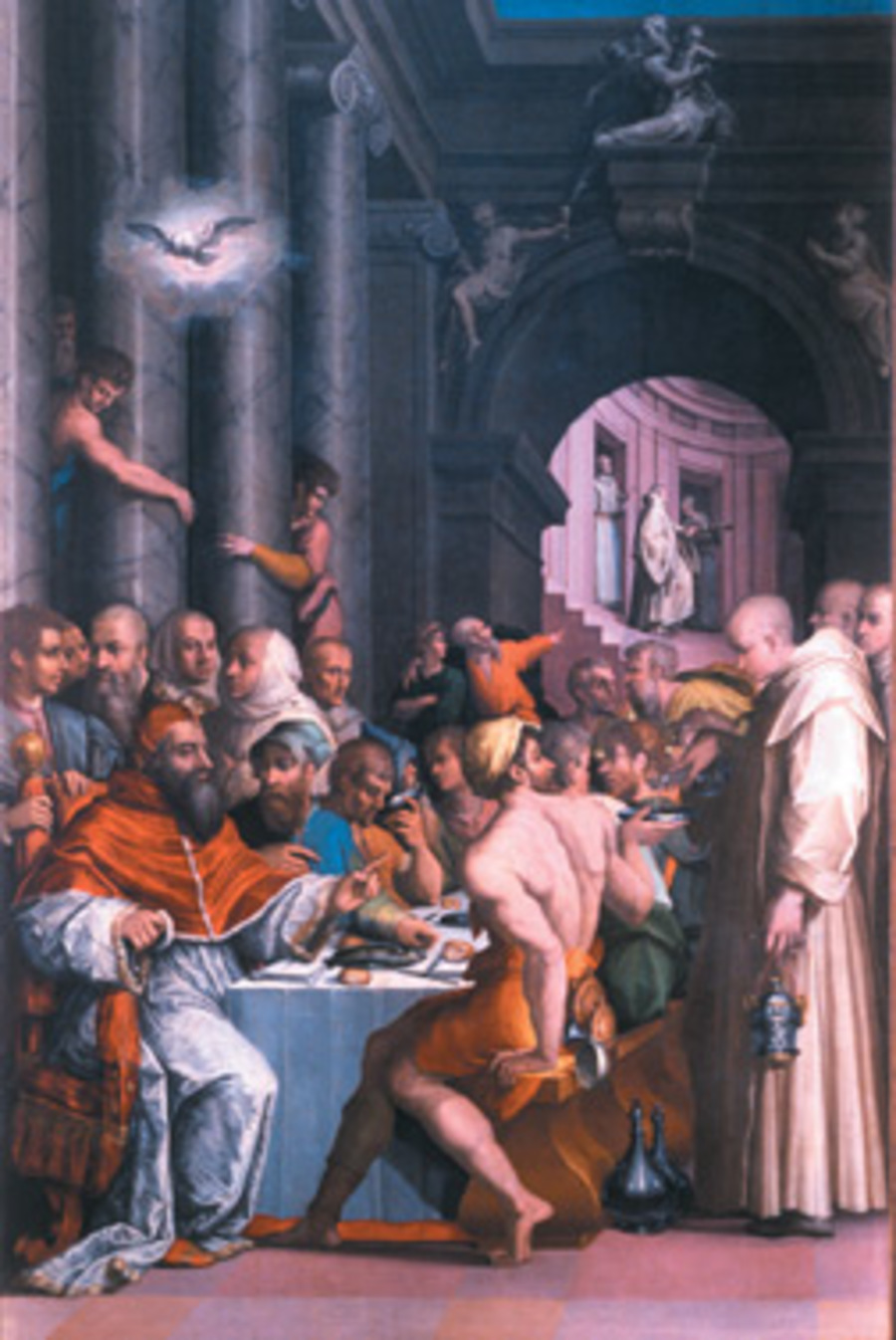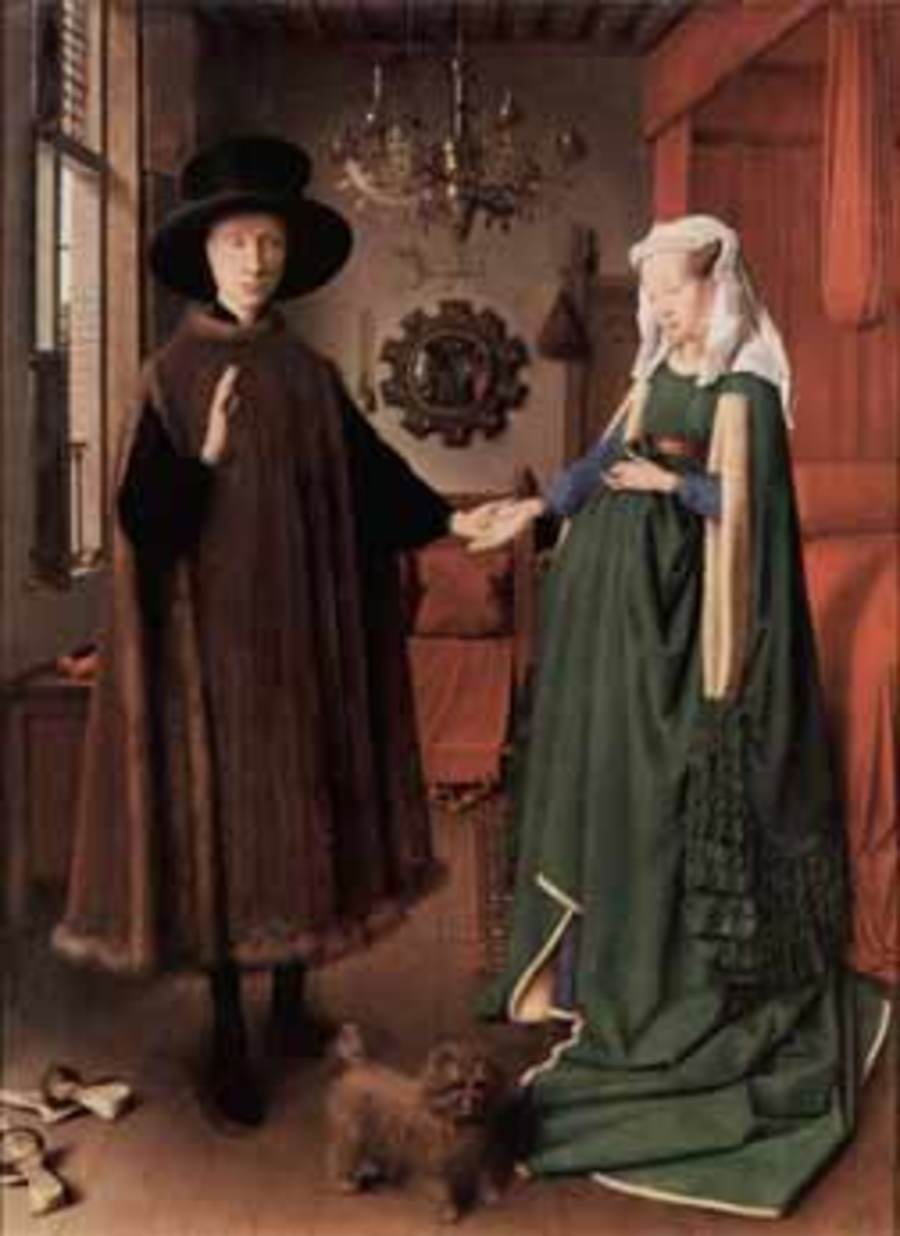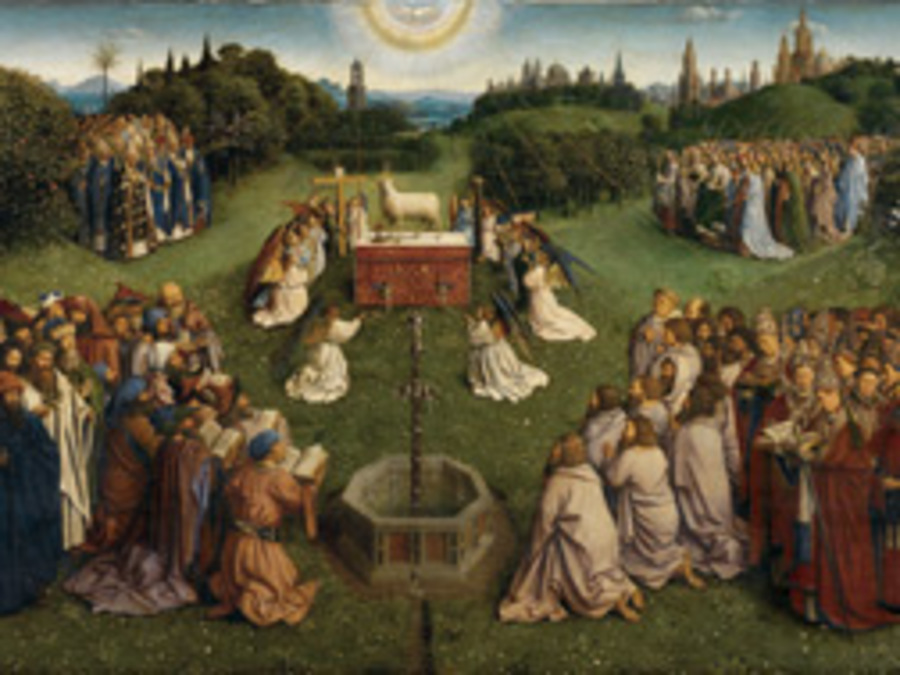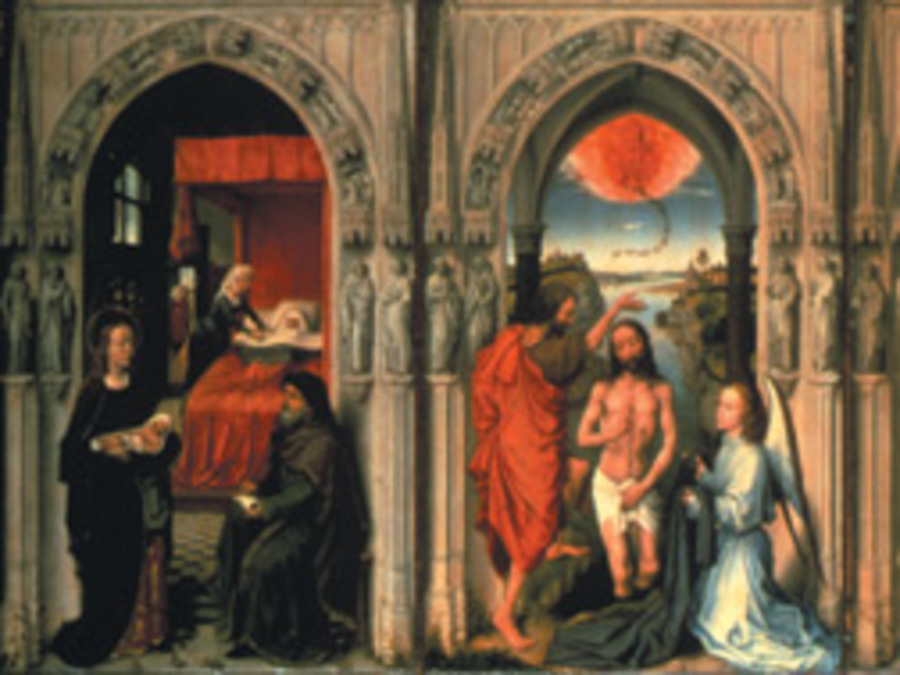 Try these videos to get started. Must be on campus or login with your COM account for off campus access.
Try these videos to get started. Must be on campus or login with your COM account for off campus access.
Want more on finding media? Try Articles & Media.
-
Da Vinci: The Lost Treasure (50:52)
In this program, journalist Fiona Bruce tells the story behind some of Leonardo da Vinci’s best known works, then investigates the claim of a newly discovered da Vinci masterpiece. Bruce travels to the artist’s birthplace in Tuscany and follows in his footsteps to Florence, and with the aid of curators, biographers, and art historians reveals facets of da Vinci’s life through a study of his drawings and paintings. In Paris, Bruce views the Mona Lisa and learns about the techniques Leonardo used to create it; and in New York, she is given an exclusive preview of the Salvator Mundi—thought to be lost and being filmed here for the first time.
-
The Drawings of Michelangelo (40:36)
Art students can benefit greatly from comparing Michelangelo’s preparatory drawings to his finished masterworks—but viewing them together is virtually impossible in a museum setting. This program solves that problem, closely juxtaposing the artist’s pencil and charcoal works with the painting, sculpture, and architecture that grew out of them. Studying drawings at the British Museum, the Ashmolean Museum, and other renowned institutions, the program presents detailed analysis of the Pieta, the colossal David, the Sistine Chapel ceiling, The Last Judgment, the Medici tomb, and St. Peter’s Basilica. It also provides insight into Michelangelo’s tools, techniques, stylistic evolution, and sexuality.
-
Dream of Plenty: High Art of the Low Countries (52:00)
Andrew Graham-Dixon shows how the art of Renaissance Flanders evolved from the craft of precious tapestries within the Duchy of Burgundy into a leading painting school in its own right. Starting his journey at the magnificent altarpiece of Ghent Cathedral created by the Van Eyck brothers, Andrew explains their groundbreaking innovation in oil painting and marvels at how the colors they obtained can still remain so vibrant today. Andrew describes how, in the early Renaissance, the most urgent preoccupation was not the advancement of learning, humanist or otherwise, but the Last Judgment. People believed they were living in the end of days; a subject popular with preachers and artists and intensely realized in swarming microscopic detail by Hieronymus Bosch.
-
El Greco: Rediscovering a Master (55:12)
Spurned and then nearly forgotten, El Greco went on to be hailed as one of Spain’s greatest painters. This program describes the life of Domenikos Theotokopoulos, nicknamed "El Greco," and how his artistic legacy was rescued by a group of young Modernists who discovered his works in a museum in Barcelona. Emphasis is given to the revival of El Greco’s reputation in the late 19th and 20th centuries by such painters as Rusinol and Picasso. Their rediscovery not only brought a master back from obscurity but also influenced their own work, as evidenced in paintings like The Old Guitarist from Picasso’s "Blue Period."
-
Great Artists: Dürer (23:37)
German artist Albrecht Dürer established his workshop in the city of Nuremberg, laying the foundations for the northern Renaissance. Dürer’s greatness lay in his ability to capture an unparalleled degree of reality in his art through woodcuts, etchings, and oil painting. Among his most accomplished works in oil the first individual figure self-portraits in the history of art. Like his Italian contemporary Leonardo, Dürer carefully studied the world around him, often with a scientist’s eye, making detailed studies of plants and animals. Dürer became revered across Europe and was employed to paint the portrait of the Holy Roman Emperor, Maximilian I. Works featured in this program include Self Portrait Holding a Thistle, Book of the Revelation of St. John, Self Portrait at 28, and The Four Apostles.
-
Great Artists: Piero della Francesca (23:53)
With only 26 surviving works Piero has been seen as one of the mystery men of Western art. But his calm, monumental, often enigmatic images mark an important step in the development of Renaissance art. This fascinating film reveals the man behind the myth, an artist that paved the way for likes of Leonardo and Michelangelo. In his typically enthusiastic and accessible manner Tim Marlow explores works such as the huge fresco cycle The Legend of the True Cross in Arezzo, (made famous in the film The English Patient), the haunting Resurrection and the Baptism of Christ held in the National Gallery in London.
-
Great Artists: Raphael (23:40)
Raffaello Santi earned a level of admiration equal to that of his older contemporaries. Raphael is renowned for the beauty of his portraits and the perfectly balanced composition of his larger historical paintings. Known for his numerous paintings of the Madonna and Child, Raphael became a favorite of the papal court, undertaking commissions from Popes Julius II and Leo X. In his short life Raphael achieved an unprecedented level of artistic maturity. Works featured in this program include La Belle Jardiniere, The Niccolini-Cowper Madonna, The School of Athens, Stanza della Segnatura, Portrait of Pope Julius II, Portrait of Baldassare Castiglione, and Portrait of Pope Leo X with Cardinals Giulio de' Medici and Luigi de' Rossi.
-
Great Artists: Titian (23:44)
Tiziano Vecellio, known to English speakers as Titian, did more to establish the principles of modern painting than any of his Florentine contemporaries. Unlike the Italian masters that had preceded him, Titian painted mostly in oil. His radical approach to light, color, and composition, and free brush strokes set him apart. Titian’s fame spread far and wide, making him perhaps the first truly international artist. Works featured in this program include The Assumption of the Virgin, Santa Maria Gloriosa dei Frari, The Pesaro Altarpiece, Bacchus and Ariadne, Portrait of Charles V with Hound, The Venus of Urbino, and Diana and Callisto.
-
An Introduction to the Italian Renaissance (28:59)
Giorgio Vasari’s Lives of the Artists has been the basis of art criticism since the 16th century. This dramatized program cleverly illustrates how each great master developed techniques by building upon the work of his predecessors. The lively discussion between Master Vasari and his apprentice reveals the innovations of Giotto, Ghiberti, Donatello, Uccello, Masaccio, della Francesca, Botticelli, Leonardo, Raffaello, and Michelangelo. Images of selected masterpieces illustrate the Roman influence on Renaissance art and reinforce the concepts of perspective, balance, chiaroscuro, composition, and realism.
-
The Mystery of Jan van Eyck (01:25:44)
The Mystery of Jan van Eyck tells the stories of some of the Flemish master’s most significant paintings—The Ghent Altarpiece, The Arnolfini Marriage, The Dresden Triptych, Portrait of Cardinal Niccolò Albergati, and Portrait of Baudouin de Lannoy, to name only five—with quiet authority and deep respect. Composed of stills and highly detailed close-ups supported by informative analysis and period music, the program is itself a museum piece—and an indispensible part of any library’s collection of art videos pertaining to the Northern Renaissance. Background on van Eyck’s life and career is also included, as are insights into the visionary van Eyck’s painting techniques and worldview.
-
The Mystic Lamb: The Ghent Altarpiece in Vivid Detail (1:06:07)
Standing in the presence of a 500-year-old polyptych laden with exquisite miniature paintings is an opportunity for awe and reflection, to be sure. But to personally scrutinize the Ghent Altarpiece involves a unique set of challenges and, as is often the case with sacred and protected works of art, privileged access. To connect on a truly intimate level with Jan van Eyck’s depictions of biblical narratives, viewers have a viable alternative in this meticulous, high-resolution video documentary. It offers panoramic, medium-range, and finely detailed images of the altarpiece in both closed and open positions. Accompanied by authentic 15th-century music, the camera ventures into each panel to reveal astonishing subtleties of color, texture, and form—virtually re-creating the experience of direct and uninterrupted study.
-
The Northern Renaissance (59:11)
While Italians looked to Florence as their artistic center, northern Europeans looked to Flanders and Germany, where a distinctive Renaissance style was created, based on an exploration of visual realism.
![]() Try these videos to get started. Must be on campus or login with your COM account for off campus access.
Try these videos to get started. Must be on campus or login with your COM account for off campus access.